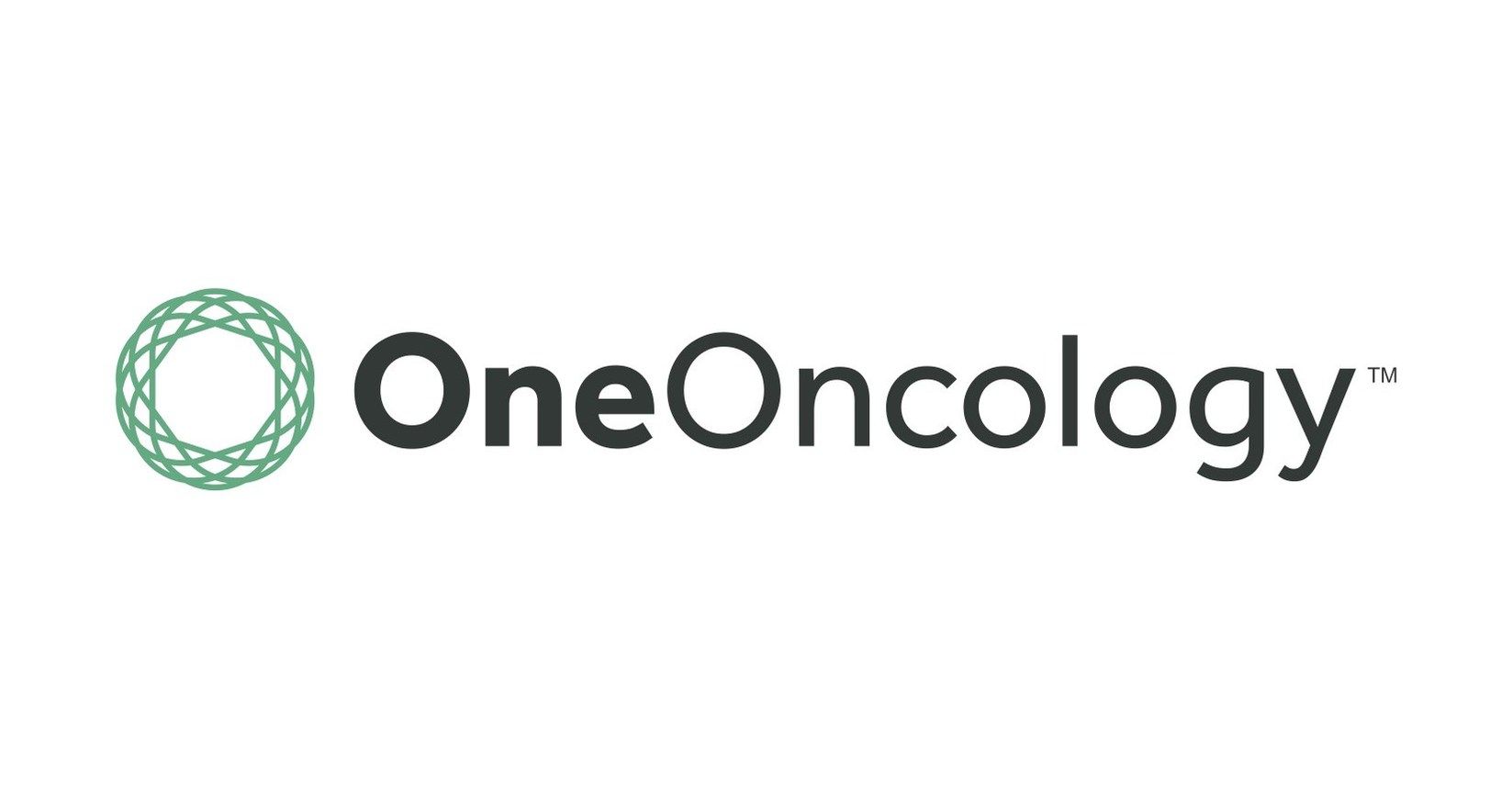Video
ChristianaCare’s Debra Delaney on How Primary Care Influences Oncology Care
Author(s):
It’s important that patients are the healthiest they can be when going into treatment for cancer, emphasized Debra Delaney, MSN, FNP-BC, primary care nurse practitioner at ChristianaCare’s Helen F. Graham Cancer Center & Research Institute.
It’s important that patients are the healthiest they can be when going into treatment for cancer, whether that be chemotherapy, radiation, or surgery, emphasized Debra Delaney, MSN, FNP-BC, primary care nurse practitioner at ChristianaCare’s Helen F. Graham Cancer Center & Research Institute.
Today, on day 2 of the Association of Community Cancer Centers’ National Oncology Conference, she presented “A Model for Embedding Primary Care in Oncology,” which detailed ChristianaCare’s Innovative Award-winning program that embedded primary care providers in its cancer care clinic.
Transcript
What are some noteworthy ways in which primary care outcomes may influence cancer-related outcomes?
In primary care, we are looking to have the healthiest patient we can. We want patients to get the most out of life in a healthy way. So by controlling their hypertension or high blood pressure, by controlling their diabetes, and getting their respiratory—maybe they have asthma, maybe they have COPD [chronic obstructive pulmonary disease]—if we can get their respiratory disorders under control, that will help to give them a great healthy life. And so in oncology, it’s along the same lines: You want patients in the healthiest state going into chemotherapy or radiation or surgical treatment.
How has ChristianaCare’s program of embedding a primary care provider in its cancer clinic evolved, and what are your next steps?
This is a wonderful program. When we started off in January of 2021, within 6 months, we had 70 referrals. It’s been amazing. It’s an amazing journey. Patients do not have primary care providers, and they have difficulty establishing with a provider who takes their insurance or is close to them, for any number of reasons. And so we have had many referrals; as I said, 70 in the first 6 months. We’re close to 240 at this point. We reach out to them, we get them established, we start to manage their care and transition them to a community primary care provider.
Initially, we started out by saying you need to have an active cancer diagnosis; however, we realized we were missing out on a great group of people who are being referred to the cancer center because they have a suspicious finding or something unusual in their lab work. And those patients don’t have a primary care provider, what are they supposed to do? So by referring them to me, I can get them started. Even if they don’t have any other health issues like high blood pressure, I can be there for them and get them on their preventative health care journey.





